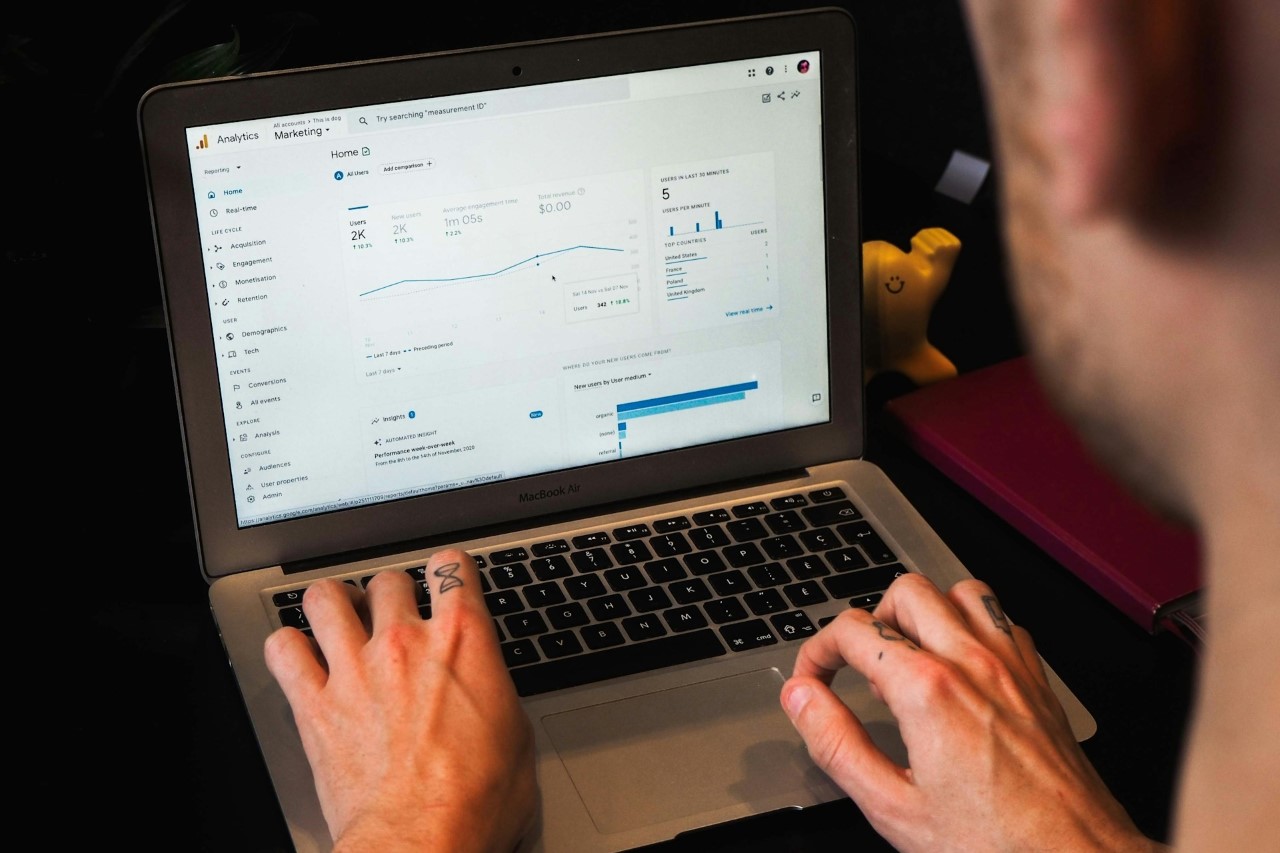You’ve probably heard a lot about big data and how it’s a game changer for numerous industries from marketing to industrial manufacturing and most businesses in between. But like many people, you might not know the specifics. Maybe you’re thinking, “But what is big data, anyway?” If so, you’ve come to the right place.
Big Data Is a Method of Working With Information
People have numerous definitions of big data. As a start, think of it as a way of working with information. It’s not a single technology, but numerous technologies used together to help users extract meaning from data.
The amount of information processed is typically so vast that traditional software and previous data-driven techniques were not sufficient for getting timely results. As such, big data software is extremely powerful and can process tremendous amounts of information at impressive speeds.
The information can come from different sources and be utilized for different purposes. The flexibility big data offers is one of the primary reasons businesses are interested in it. They can analyze real-time or historical info and use tools that help them answer questions, solve problems and make progress.
What Are the 4 V’s?
Once big data broke into the mainstream, the people who worked with it realized that it had several dimensions, which they called the four Vs:
- Velocity: The speed of analysis
- Volume: The amount of data
- Variety: Types of information, such as social media content, videos or information from smart speakers
- Veracity: The degree of trust people put into data
So the next time someone asks if you can tell them what are the four V’s of big data, you’ll be able to answer confidently.
Some people only refer to the first three of those points, but veracity is a widely accepted addition to the list. Big data factors into decision-making, and if users can’t trust the data, it’s virtually useless. Others add a fifth bullet concerning value.
The people or businesses working with big data platforms almost inevitably want to extract valuable insights from the information, which is why putting the fifth V on the list makes sense.
Where Does it Originate?
Businesses get data in numerous ways. Often, it comes from apps they develop, which makes some people worry — and rightfully so — that their apps are tracking them and gaining access to their personal information. Companies also get data from internal systems, such as customer service chat features and website analytics tools.
Some platforms, such as iOS, encrypt personal details by default. You can also send self-destructing messages in Gmail, which is a worthy option if you’re concerned about companies potentially collecting your data and using it later.
It’s critical to realize that there could be offline sources of big data. For example, a company may go to a trade show and give the attendees a survey that they fill out on paper. Then, the enterprise could import the collected information into a big data platform.
Many commonly used tools can connect to big data platforms. Then, it’s easy for people to pull data from multiple places and let their analytics tools get to work.
What Is the Purpose?
Many companies decide that the time is right to invest in big data because they need a competitive edge. A study published in 2019 by NewVantage Partners found that 92 percent of respondents are upping the pace of their big data and artificial intelligence (AI) investments.
Moreover, of those who have already implemented these technologies in their organizations, 62 percent reported seeing measurable results.
Big data means enterprises no longer have to rely on guesswork or experience when they make their decisions. They can use big data platforms to analyze information in ways that aren’t possible with human talent alone.
The purpose depends on the needs of a respective company and what it wants to find out about its customers.
It is also purposeful for solving problems. It can help businesses make connections between events and spot trends they wouldn’t otherwise notice. They can look at conclusions made by big data platforms and determine whether a particular marketing campaign will likely resonate with a targeted demographic group, for example.
It isn’t just for enterprises either. You may have even used big data analytics without realizing it.
Many apps have analytics built into them, allowing you to see how long you spend in an app per day or week and which activities you do during each period. Then, you can use the analytics from a mobile app to boost your productivity and see how to make positive changes.
Big Data Allows Businesses to Move Forward After Gaining Insights
Now that you understand the answer to the all-important question, “What is big data?” you can better understand how it applies to your life or your business.
If you’re worried about the apps you use gathering information about yourself and your habits, it’s a good idea to tweak the app settings as much as possible, such as turning off a location-tracking feature.
Whether you’re associated with a business or you’re someone who uses big data on a personal level, it helps you progress by taking action based on intelligent insights gleaned through huge amounts of information — what beats that?
Recent Stories
Follow Us On
Get the latest tech stories and news in seconds!
Sign up for our newsletter below to receive updates about technology trends




